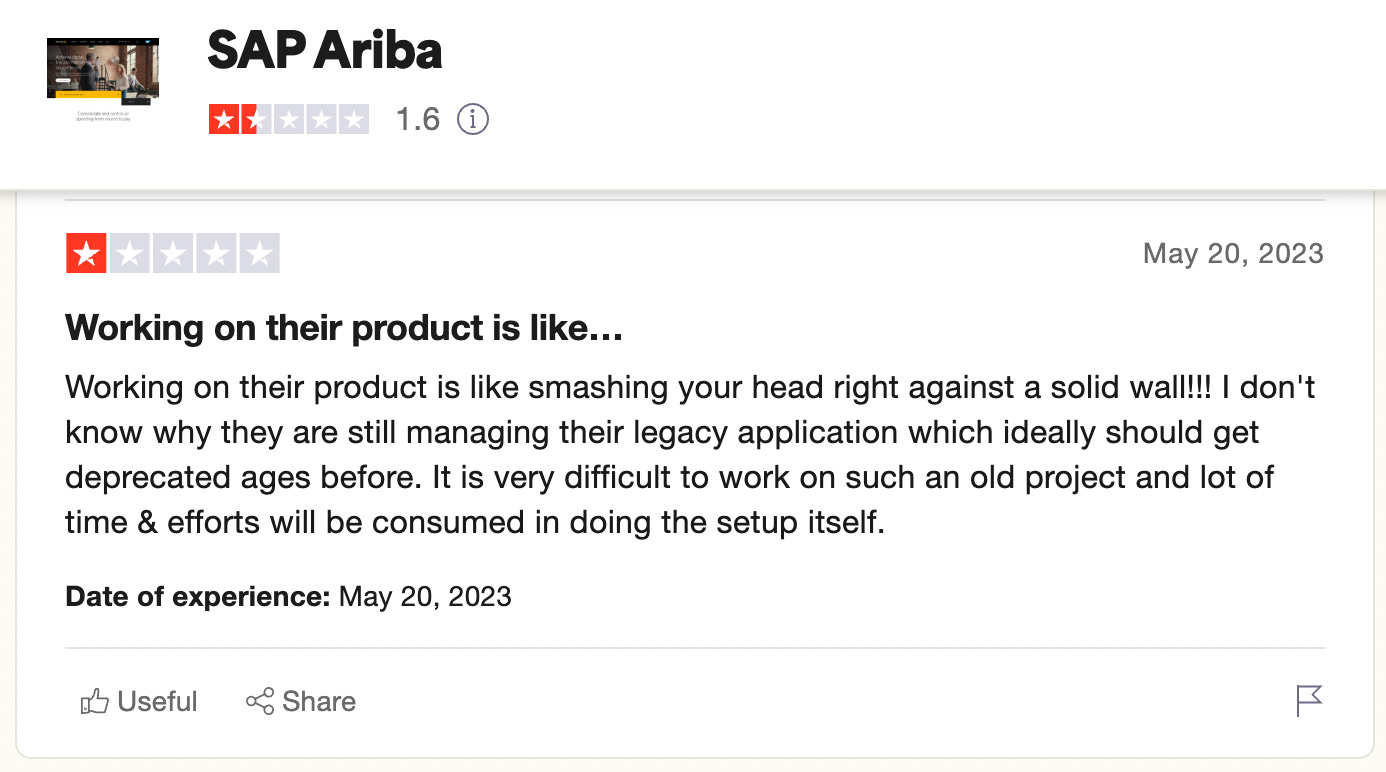Investment Notes: Cotiss
Read why AfterWork Ventures invested in Cotiss - a New Zealand based company building an intuitive end-to-end procurement platform.
Companies and public institutions spend millions of dollars per year procuring goods and services - an average small local council will spend $90 million per year through their procurement team: on utilities, building materials, professional services, and more.
But many organisations’ procurement functions are underfunded - staff are stretched thin and processes are rushed. This can lead to mistakes that are costly to both companies and taxpayers: mis-awarding of contracts, non-compliance with regulation, and lack of scrutiny of decisions.
Enter Cotiss - a New Zealand based company building an intuitive end-to-end procurement platform that helps businesses find and engage with new partners, evaluate complex proposals, manage contracts, and more.
Cotiss is specifically designed for teams operating in high regulation and compliance industries such as government, banking, primary industries and healthcare - it allows procurement professionals to do more with less, automating repetitive tasks, improving traceability, and providing guardrails that prevent non-compliance.
AfterWork invested in Cotiss’ recent $2.2m Seed round led by Blackbird Ventures, alongside Phase One Ventures, Co Ventures, and Icehouse Ventures.
What we loved about the idea
Bringing best-in-class digital tooling to an unloved function
Nearly every organisation does procurement – regardless of what they call it. Whenever an organisation buys a significant number of goods or services from a supplier, they follow a version of this process:
Scoping. They identify the business requirements and define the solution they need to procure. This could be anything from consulting services to playground equipment for a local park.
Sourcing. They initiate a ‘Request for Proposals’ process, identify suitable suppliers, and invite them to respond. For significant contracts, there’s often requirements to seek several proposals.
Evaluation. After proposals are received, they are evaluated and bidders and selected based on overall suitability. Here, risk management and compliance are important to keep in mind.
Negotiation. After a bidder is chosen, the scope or work and price are negotiated.
Contract management. Signing a formal contract.
Relationship management. When work commences, records must be maintained on all suppliers and ongoing contracts.
Currently, small and medium organisations use generic tools like Word, Excel, and SharePoint to manage each step in the process. Information is siloed in individuals’ inboxes, resulting in lack of transparency. Organisations are also reinventing the wheel in their own idiosyncratic ways – coming up with their own templates and methods for comparing proposals, assessing risk, ensuring compliance, and managing proposals and contracts. This not only leads to innocent errors, but also enables corruption and mismanagement to fly under the radar.
Although procurement tools for Enterprises exist, they were developed in the mid 90s and are hardly loved by their customers.
For small and medium organisations, Cotiss is starting by providing simple guardrails to streamline procurement processes, ensuring consistency and compliance across every process. This could be as simple as ensuring a minimum number of proposals are sought, reasons for selecting a bidder are clearly documented, and contracts are fully countersigned before invoices are paid and work commences.
In addition, Cotiss’ recently launched product includes a supplier onboarding feature which helps organisations find and engage with new partners, and an evaluation tool for complex RFPs. All of this is packaged in an intuitive interface for teams with little to no previous procurement experience!
The hallmarks of a great SaaS business
When we evaluate SaaS companies, there’s a few things we look for:
A product that users couldn’t imagine doing their jobs without: The best functional SaaS products become an indispensable part of how people do their jobs – like Xero for accountants, Adobe for photographers, and Figma for designers. Not only do these SaaS tools enable and accelerate their users, they become a repository of organisational knowledge. Cotiss’ aim is to become a core component of procurement professionals’ tech stack – something they would be meaningfully less productive and effective without.
Land and expand: Cotiss can sell their product directly to procurement professionals – their pricing means procurement teams can generally absorb the expense into their discretionary budget. Once Cotiss lands in procurement and starts being used and championed within an organisation, it can ‘expand’ into other departments – such as legal and finance – with features such as contract and spend management.
Counter-positioned to enterprise-grade competitors: Cotiss is counter-positioned against enterprise procurement software such as SAP Ariba. Incumbents’ enterprise price point and GTM motions hamstrings their ability to offer a lightweight, self-serve solution at a fraction of the price point, as it poses a risk to their core business. This creates opportunity for a nimble upstart such as Cotiss – to go after the long tail of small and medium sized organisations that are underserved by incumbent solutions.
Challenges we saw
Is there a ‘why now’?
At any given time, VC is in the throes of several hype cycles: generative AI, personalised healthcare, longevity, carbon removal, or space exploration. Some of these cycles happen for good reasons: because a critical technology has matured, or because consumers are adopting new behaviours in droves.
We don’t believe in a single ‘why now’ for the adoption of procurement SaaS. Indeed, as a function, procurement has been relatively under-penetrated by modern cloud solutions. Instead of catching a hype cycle, we believe Cotiss is accelerating a slow march – towards a more efficient and accountable way of carrying out performance, and making it possible for procurement professionals to comply with ever-more-stringent supply chain and ESG requirements. In addition, Cotiss can take advantage of the latest innovations in AI to enhance its core product – for example, with AI-powered tender evaluation reports.
Besides – while shiny new things are enthralling, 70% of the modern tech companies are updated versions of older tech companies. We believe there will always be a place for companies that listen closely to the needs of underserved community and iterate towards a fit-for-purpose solution.
Depth versus breadth
Cotiss’ ambition is to build and end-to-end platform for procurement – with modules for planning, sourcing, evaluating, due diligence, contract management, and relationship management. While managing the end-to-end process is extremely valuable, Cotiss has finite resources to build out each module. This is particularly pertinent in a context where Cotiss indirectly competes with point solutions – that manage purchase orders, spend management, or workflow management.
To ensure they have a tight product roadmap that adds significant value above and beyond point solutions, Cotiss have been working closely with trial customers to build something that delights. You can sign up for a product demo here!
How we built conviction
When we met the Cotiss team in person at an AfterWork community picnic - their hunger, hustle, and tenacity were evident.
We had all come from Blackbird’s Sunrise festival. Harry had pitched Cotiss 80 times in a row, but showed no signs of slowing down. Indeed, he gleefully leapt at the opportunity to discuss the idiosyncrasies of procurement process in different industries with various community members.
This team’s ambition is clear to their first employees, which includes John Gregoriadis, the former Head of Engineering at Xero. With their product now launched, the Cotiss team are full steam ahead. We’re excited to watch them shake up procurement!
If you enjoyed reading these investment notes, subscribe for regular content that lifts the lid on venture capital.





